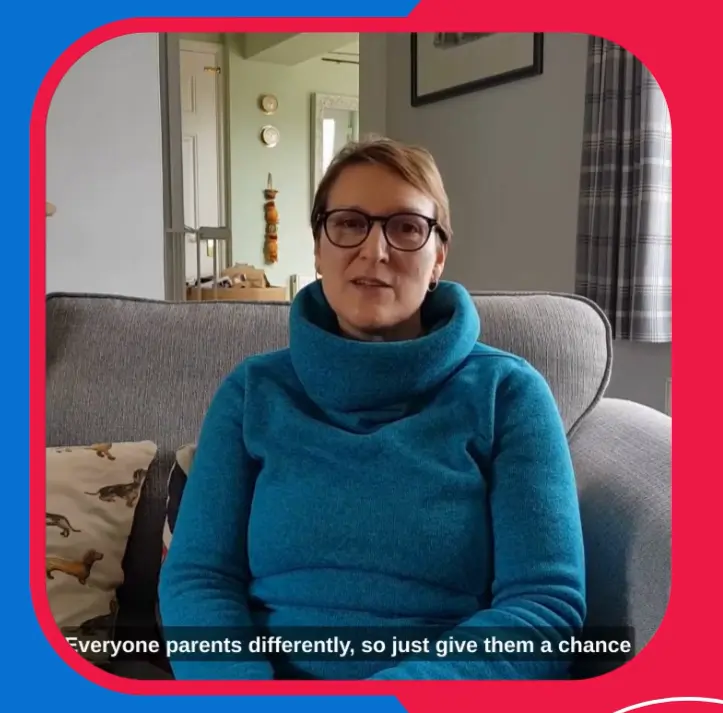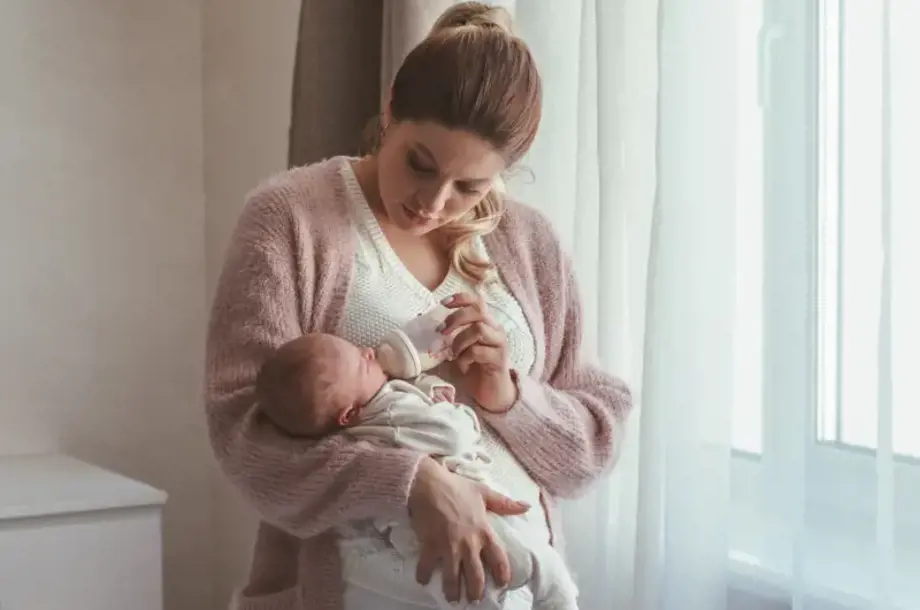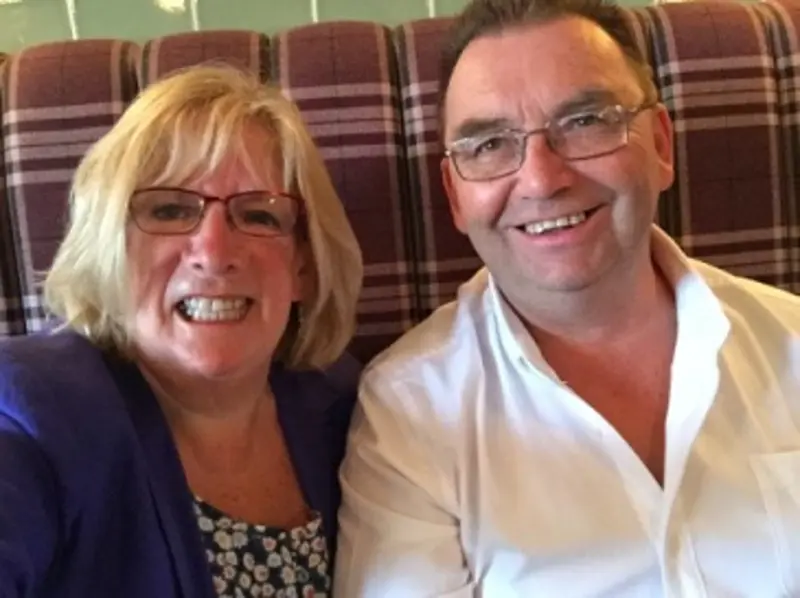Parent & Child (P&C)
Is all about keeping young families together, where a parent and child stay with you at a time when they need extra support.


Parent & Child Arrangements
A Parent and Child Arrangement provides a safe, structured home where a parent and their child can live together while decisions are made about their future. These arrangements are designed to support the parent in developing their parenting skills while making sure the child is kept safe and well.
If you’re thinking seriously about fostering and want to play a direct role in keeping families together, a Parent and Child Arrangement could be the right path for you.
What makes this role different?
Unlike other forms of fostering, Parent and Child arrangements are not just about caring for a child—they’re about supporting a parent to develop safe and effective parenting skills. Your role is to offer guidance, model positive care, and help build a secure base for the child, while also providing the structure needed to keep them safe.
It’s a careful balance of encouragement, observation and knowing when to step in. You'll need strong communication skills, patience and confidence in your judgement, as well as the ability to remain calm and objective in complex situations.
Why are these placements needed?
Parent and Child arrangements are often used during court proceedings or social work assessments, where there are concerns about a parent’s ability to care safely. For some, it’s a chance to show they can provide for their child’s needs; for others, it may help inform longer-term plans if parenting independently is not possible.
Placements may involve:
-
A mother and newborn
-
A father and toddler
-
Both parents and one or more children
-
A teenage parent in care with their child
Each arrangement is shaped around the individuals involved.
Nexus Fostering offers three Parent & Child Arrangement packages:
For more information on each of these packages, contact us using the form below.

Parenting Support Arrangement

Parenting Skills Arrangement

Therapeutic Care (Nexus 360) P&C Arrangement

Watch: Parent and child foster carer video
Lorraine and Nick have been fostering with us since 2019. Here they discuss the challenges and rewards, plus giving hints & tips for anyone considering becoming a parent and child foster carer.
More information

Insight article - A critical need for parent and child foster carers
What does a parent and child foster carer do?

Gill and John found fulfilment in Parent and Child Fostering
You need a lot of patience, but the rewards far outweigh the challenges when you see the mother and baby move on to a happy and stable life or when the baby finds a forever home.

Foster carer Liz's story
Growing up with an early ambition to become a qualified nurse to establishing a successful career that spanned four decades, Liz had always contemplated the idea of fostering, especially after witnessing her parents care for a foster baby during her primary school years.

Common questions asked
You won’t be doing this alone. At Nexus Fostering, we take training seriously. All foster carers undertaking Parent and Child work receive mandatory training. But you’ll also be given consistent support, supervision, and opportunities to grow your own skills.
The parent is expected to care for their child, but you’ll need to step in if the child’s safety is at risk. Knowing when to offer help and when to stand back is key.
Yes,you’ll be expected to keep detailed written records and contribute actively to the professional network around the placement. Keeping clear, accurate records is a vital part of this role and helps inform any decisions about the child's future.
If it becomes clear that the parent isn’t able to meet their child’s needs, you may be asked to continue caring for the child until a longer-term plan is made.
Other types of fostering

Short term
Short-term fostering is when a child or young person lives with a foster family on a temporary basis.
Short-term
Siblings
More than 12,000 children in care are living without at least one of their siblings. Going into foster care can be traumatic for a child, and being separated from their siblings can worsen this.
Siblings
Permanence
The aim is to offer children a secure, stable, and loving home to last through childhood and beyond, providing a sense of security, continuity, commitment, identity, and belonging.
Permanence

